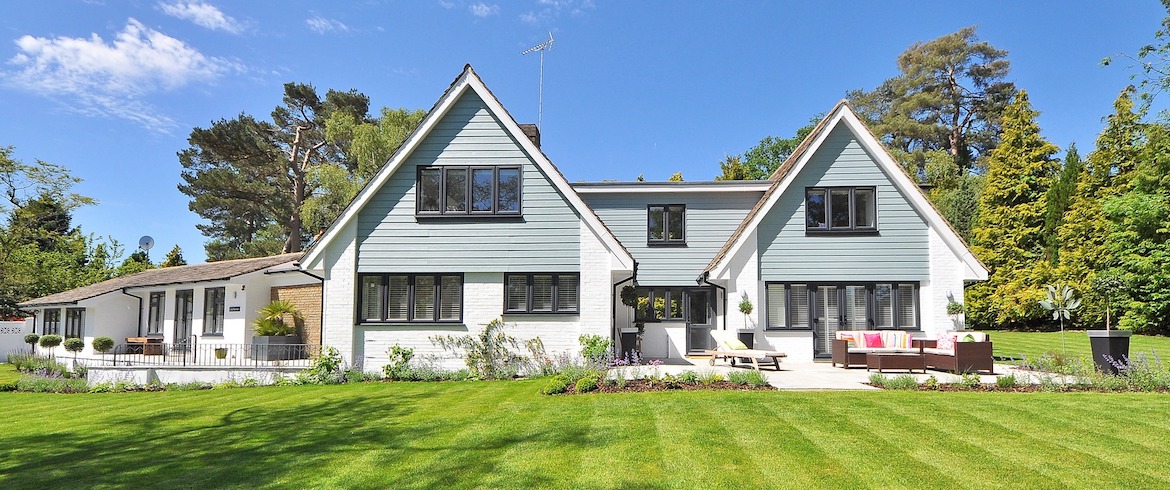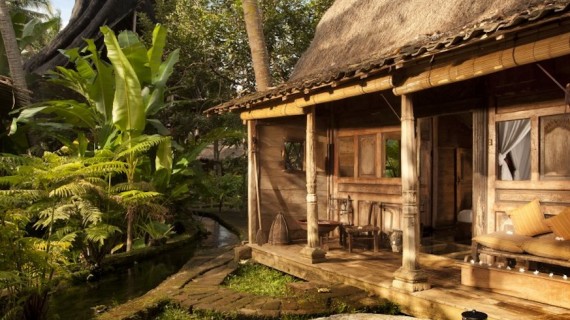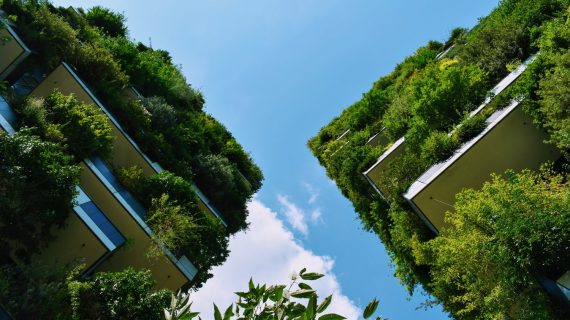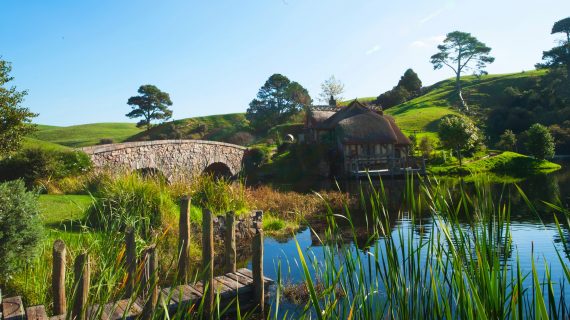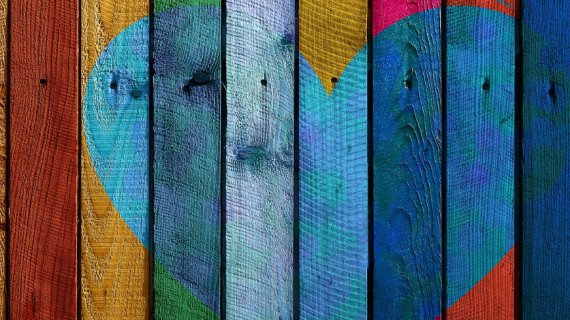Over the last few decades, green construction has come a long way. As opposed to being an alternative means for new home construction, it is quickly becoming mainstream. Consumers want a home where they can lay down their roots and build memories. But, they also want to know that they are building in the most efficient and eco-friendly way possible. As green technologies have continued to evolve, there are now many more options for building sustainably. You can have a modern home, with all of the comforts you need and want while still helping to maintain the health of our planet. In fact, according to Dodge Data & Analytics, around 31 percent of the nation’s home builders reported they are going green with over 60 percent of their projects. And, it’s not just green home building, there is also a significant increase in green home remodeling.
Read on to learn more about the 10 things you can do to build green
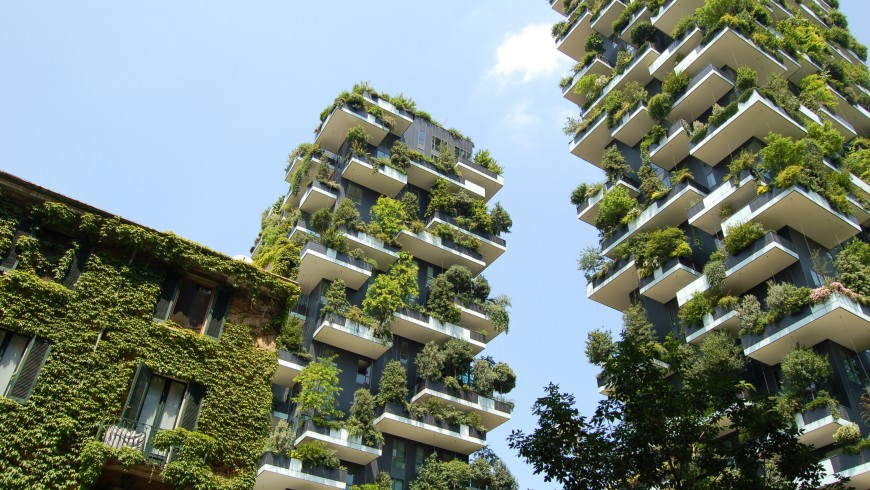
Do your research
Before building, you want to research all of the ways you can build green. This is important to have this information on hand because building may present surprises. You want to be prepared to continue going green in the event of the unexpected. There are many options available, available at every budget. Make sure you use materials that are sustainable and toxic-free.
Use environmentally-friendly products
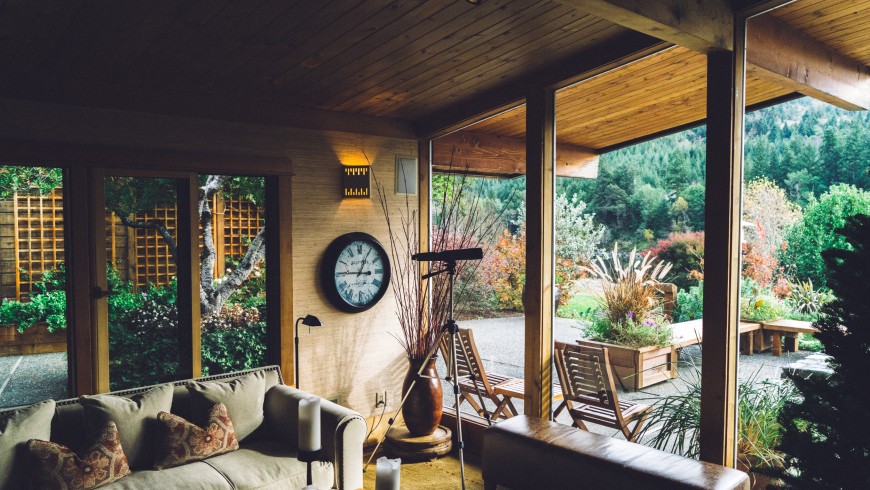
Part of green construction is using as many eco-friendly products as possible. Every hardware store and supplier offers eco-friendly products, they are no longer difficult to find. Everything from flooring to insulation and building materials have options in the environmentally-friendly space.
You can use natural products such as cork, bamboo, recycled glass and recycled lumber. You might opt for composting toilets and eco-friendly furniture. Everything you use to build your home should be environmentally-friendly. Most builders understand which products to use in this space. Even your counters and cabinets should be eco-friendly.
Build only what you need
You really don’t need to live in a McMansion. To go green, you don’t want to build too much house. It should be just right. When your house is too large, it contains a lot of unused and wasted space. This places a burden on the resources needed to heat and cool your entire home. Build enough for your current needs.
If you expand your family, or take in relatives, you can plan to build out or even accommodate them with an environmentally-friendly tiny home. Smaller homes have a smaller environmental impact. This doesn’t mean you need to live in a shed, just be more thoughtful of how you use your space. Keep it cost-effective and manageable. Make the most of every square foot instead of building out in every single direction. Plus, you’ll have more yard space–which is a lot more fun and beautiful anyway.
Use solar power
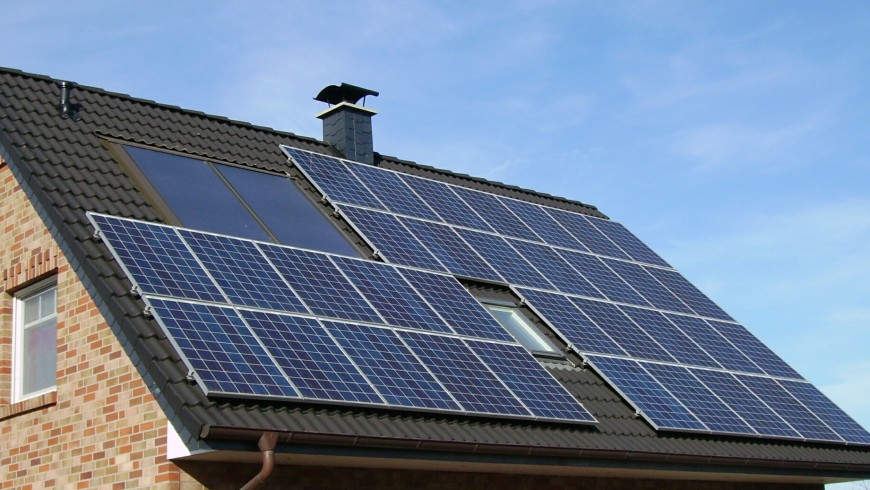
With all the sunshine we get, there really isn’t any reason not to go solar. It is the ultimate source of clean energy. While building, configure your plans to include solar power. Since it is new construction, you can take advantage of every opportunity to use solar power–this includes how you position your home to absorb the sun’s rays. This can have a major impact on how much power you collect. You can then collect enough energy to start selling some to your utility company.
In addition, check with your state if they offer any grants or tax breaks for using solar power in your home. There is no better feeling than knowing part, or all of your home is solar-powered. You want solar access from around 9:00 a.m. in the morning until about 3:00 p.m. in the afternoon. You can do this by placing the front of your home due south. Plant trees near your home to offer natural shade. And, use materials that will absorb the sun’s heat.
Think as far ahead as 30 years from now
The needs of a recent college graduate and a person on the brink of retirement are quite different. You want to think of what your needs may be down the road. The U.S. population is aging, so you must consider how you might live your future lifestyle.
Will you need access to medical facilities? Can you survive a power outage? Will your space be too large to manage when you’re older and plagued with back pain and/or arthritis? Can you afford help, or will family members be willing to pitch in to help you manage? Moreover, you can’t predict your salary down the road. The world is in a state of flux. It is rare to work for the same company and salary your entire life. Things can change in an instant. Building a self-sufficient home can help you survive during any major life changes.
Choose the right plot
To go green, you need to carefully consider the right location. Sure, some of us dream of living out in the country–far away from civilization. This is possible, but you want to ensure you aren’t disrupting the lives of local wildlife. If you need to bring in additional lines and utilities, then you are possibly doing harm to a peaceful ecosystem.
So, if you want to live in the bucolic countryside, blend in as much as you can. Use clean energy such as solar power and find out if you can pump your water. On the other hand, you will have to make more trips into town to supply your food and necessities.
Install water-conserving fixtures

You want to ensure you have low-flow shower-heads, toilets and faucets. These will not only cut down on your water bills, but they will help to make your home much more eco-friendly. As the world’s population grows, so will the need for water. But, water is a finite resource. This is why it is critical to conserve water now and to continue conserving water. It’s easy to take water for granted until the day it becomes scarce.
Use a programmable thermostat
Over half of our energy consumption goes towards cooling and heating your home–especially during the winter and summer months. You shouldn’t freeze or experience heat exhaustion, but you may be surprised at how well you can get by with a programmable thermostat. You will save on energy costs, by up to 5 percent, if you set your thermostat one degree up in the summer and down one degree in the winter. You can always layer clothing during the winter as well.
Try geothermal energy
This is energy from the earth. While it does require an upfront investment, it can give your home unlimited amounts of heating and cooling. In the summer, heat is removed through the air and put back into the earth through a loop system. In the winter, the geothermal heat pump pulls heat from underground to warm up your home’s heating and cooling unit.
